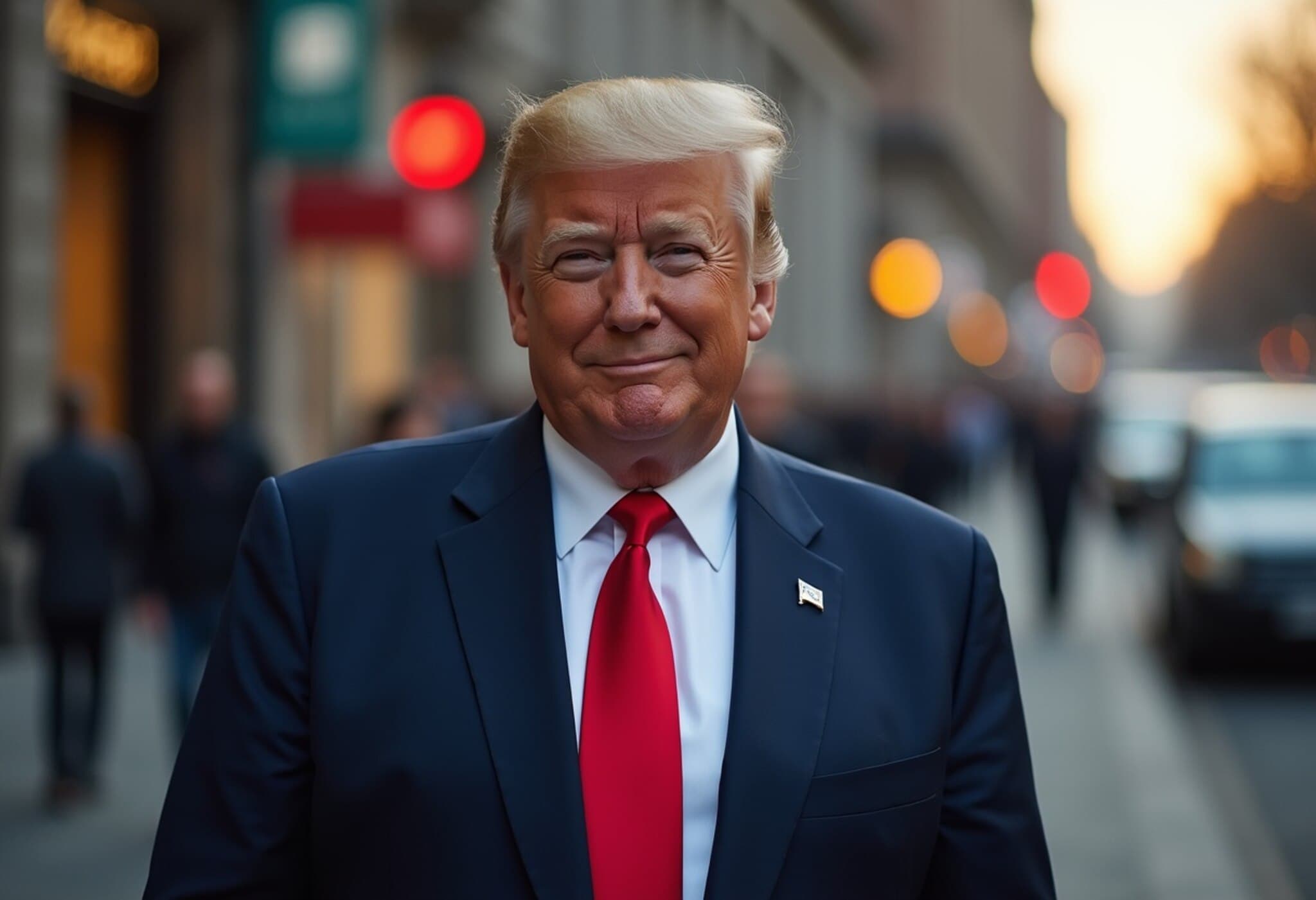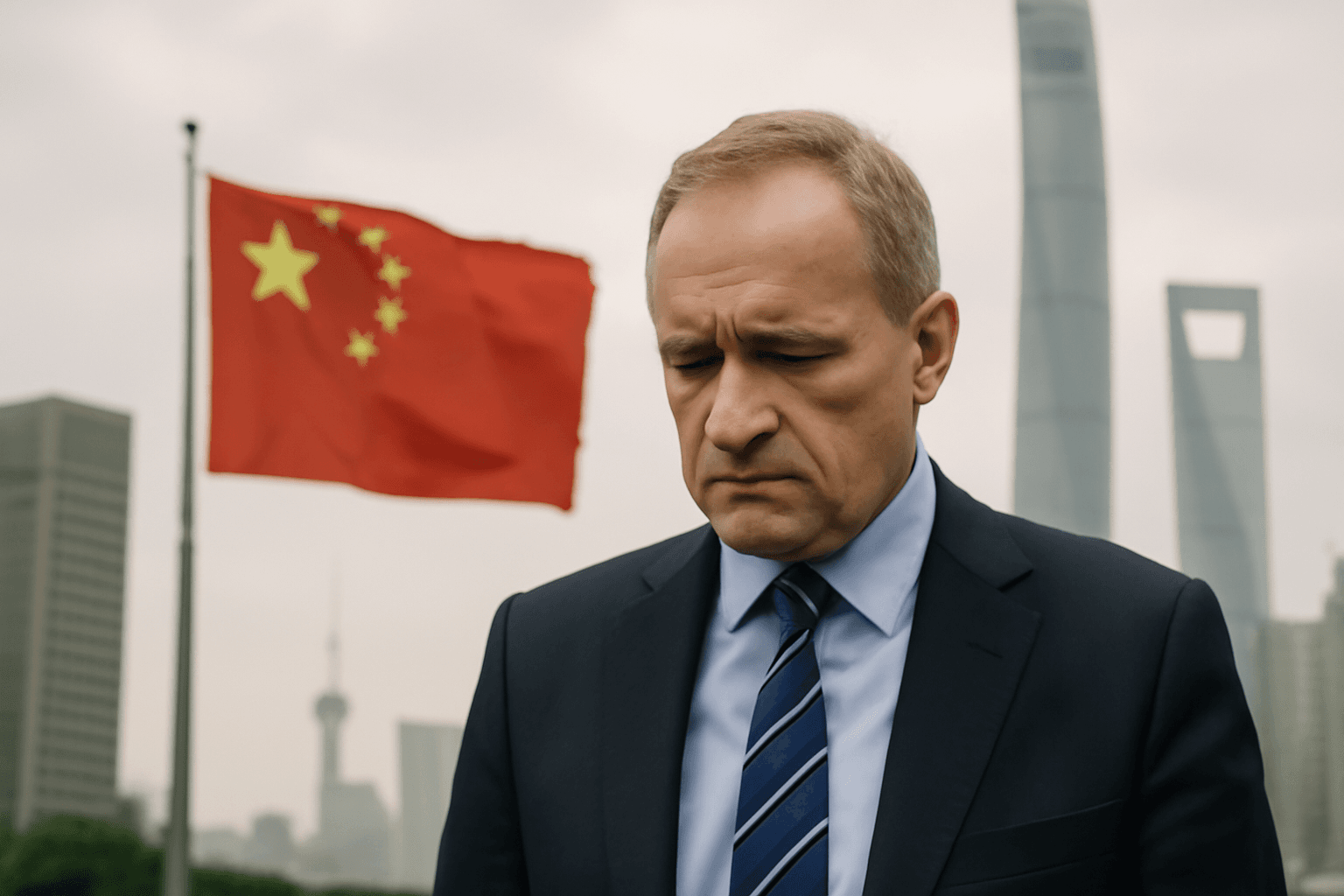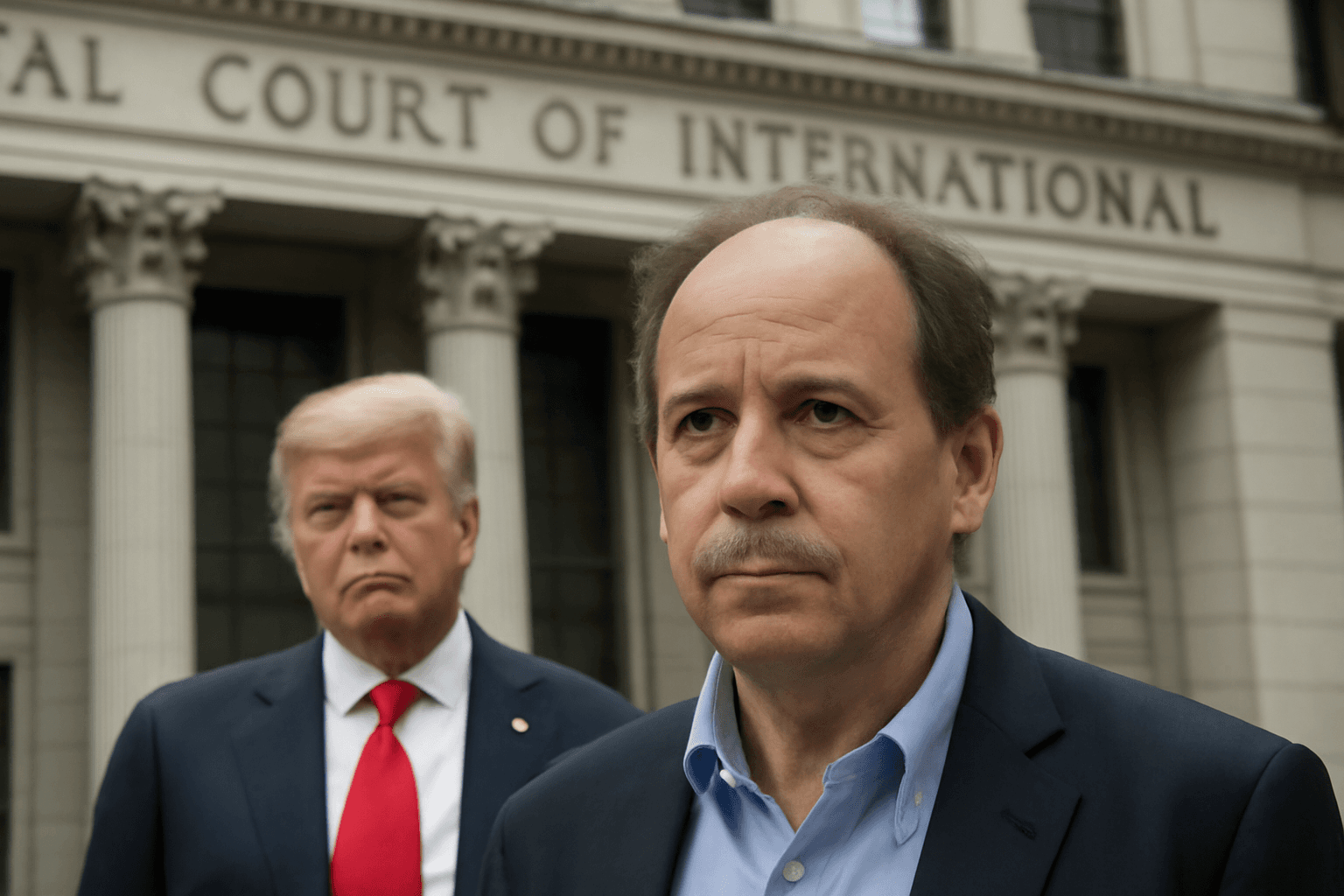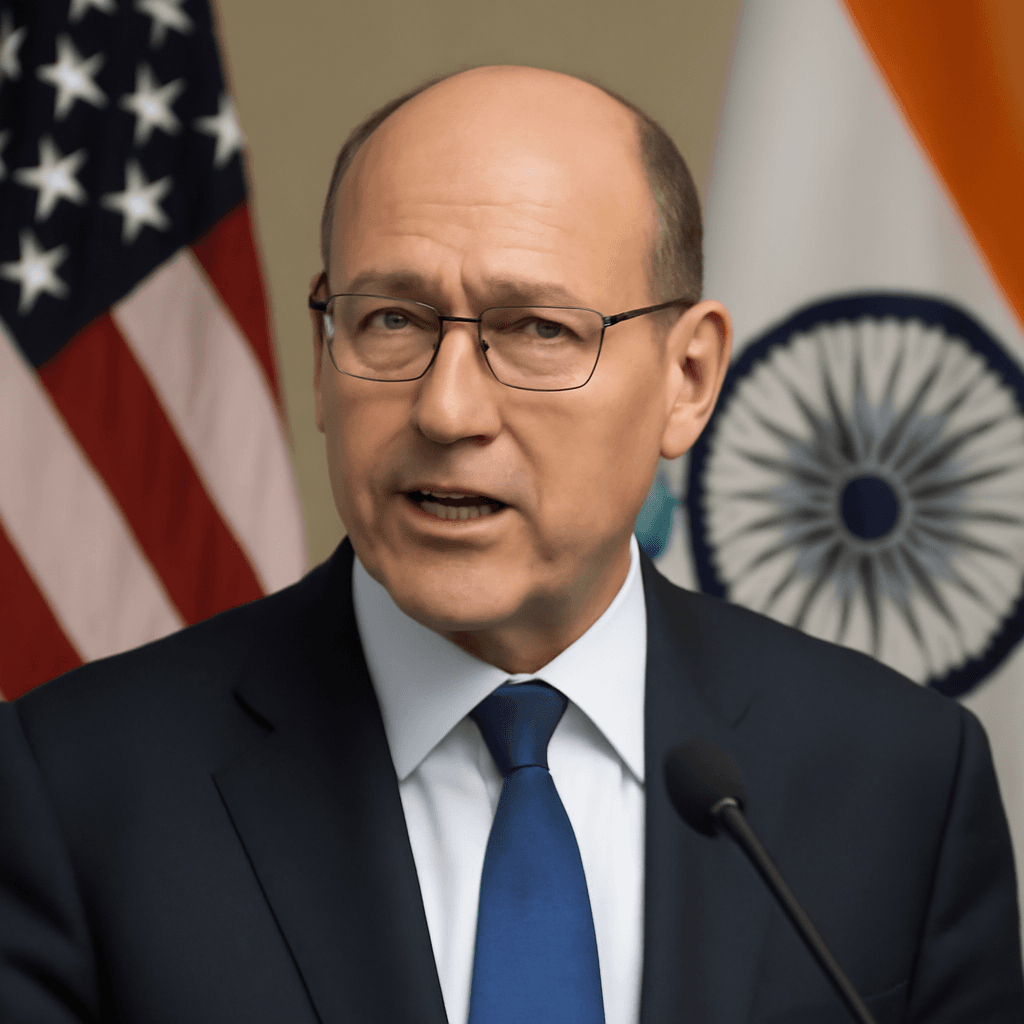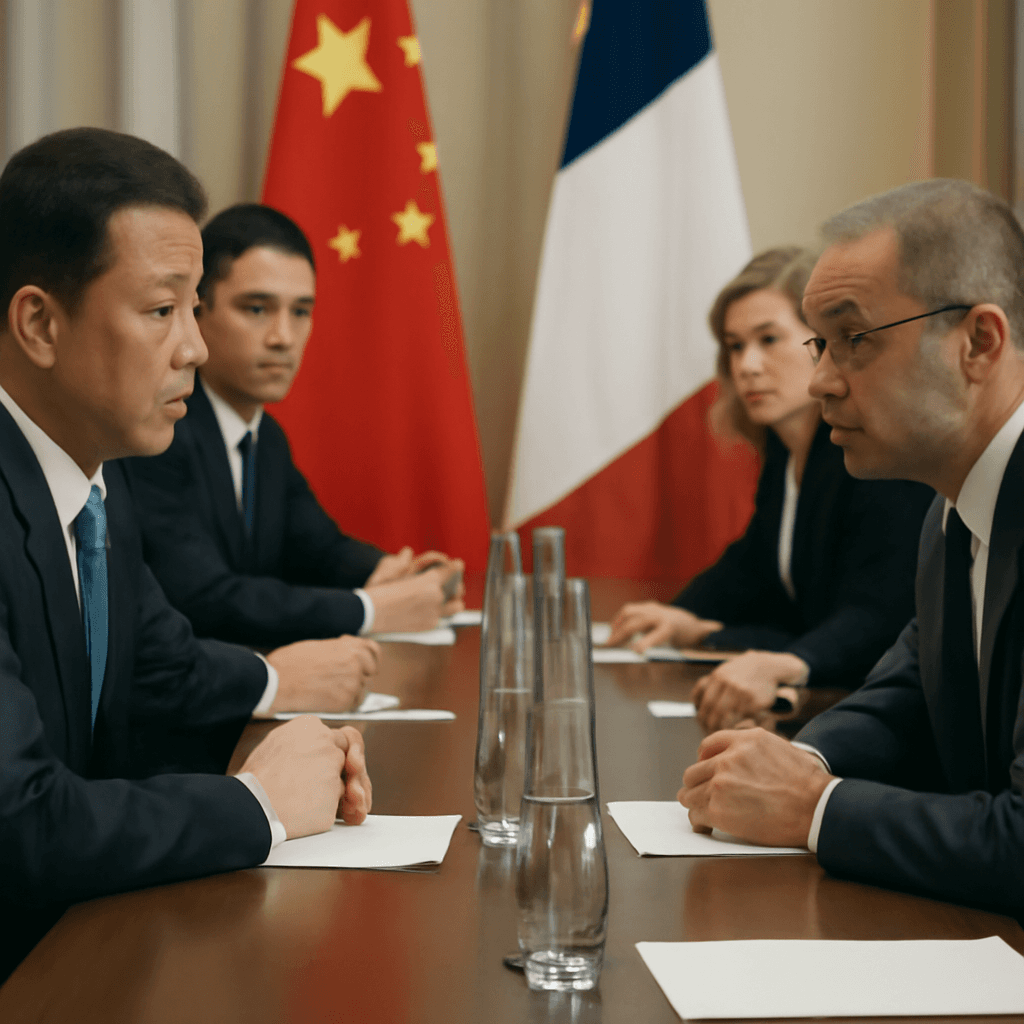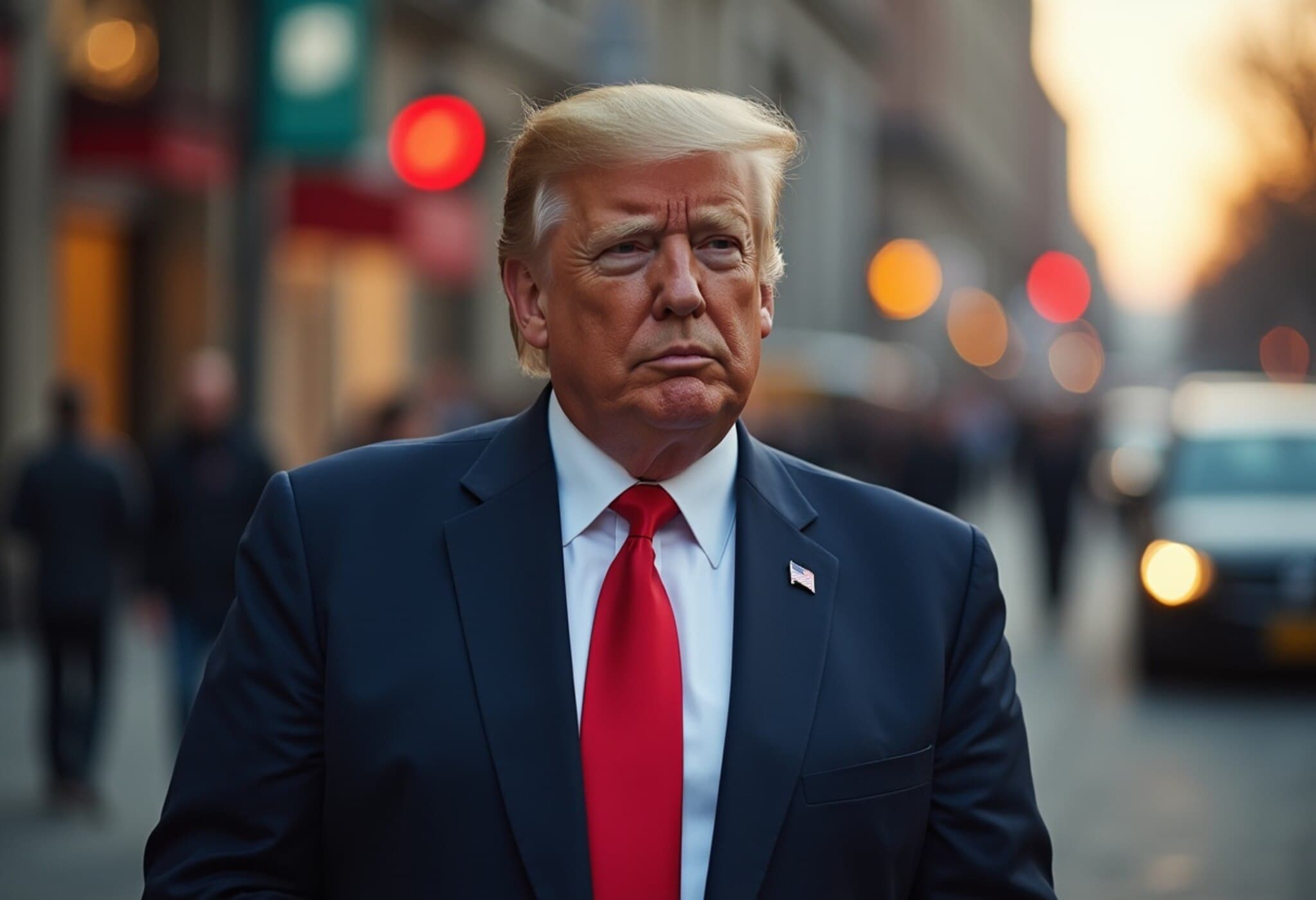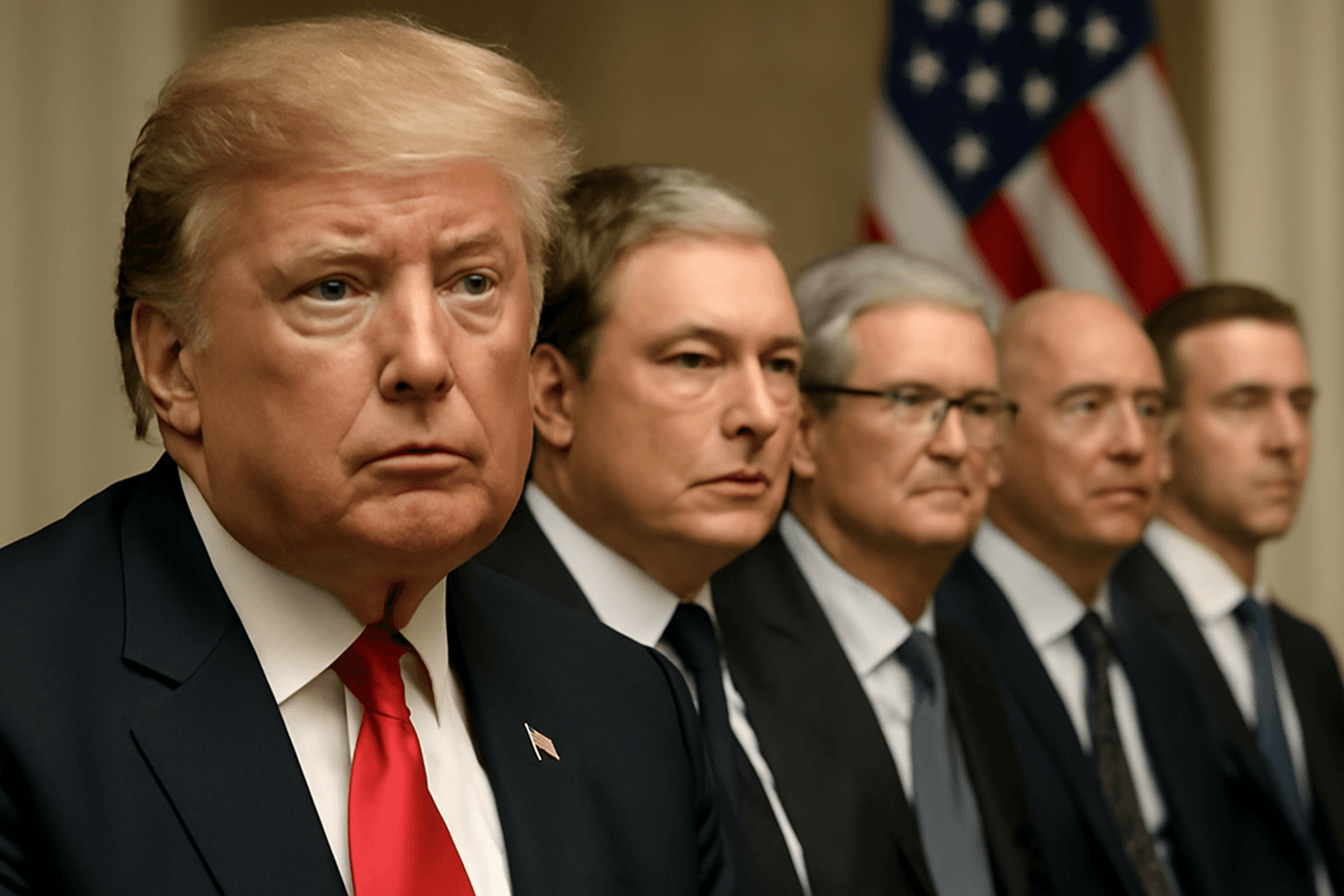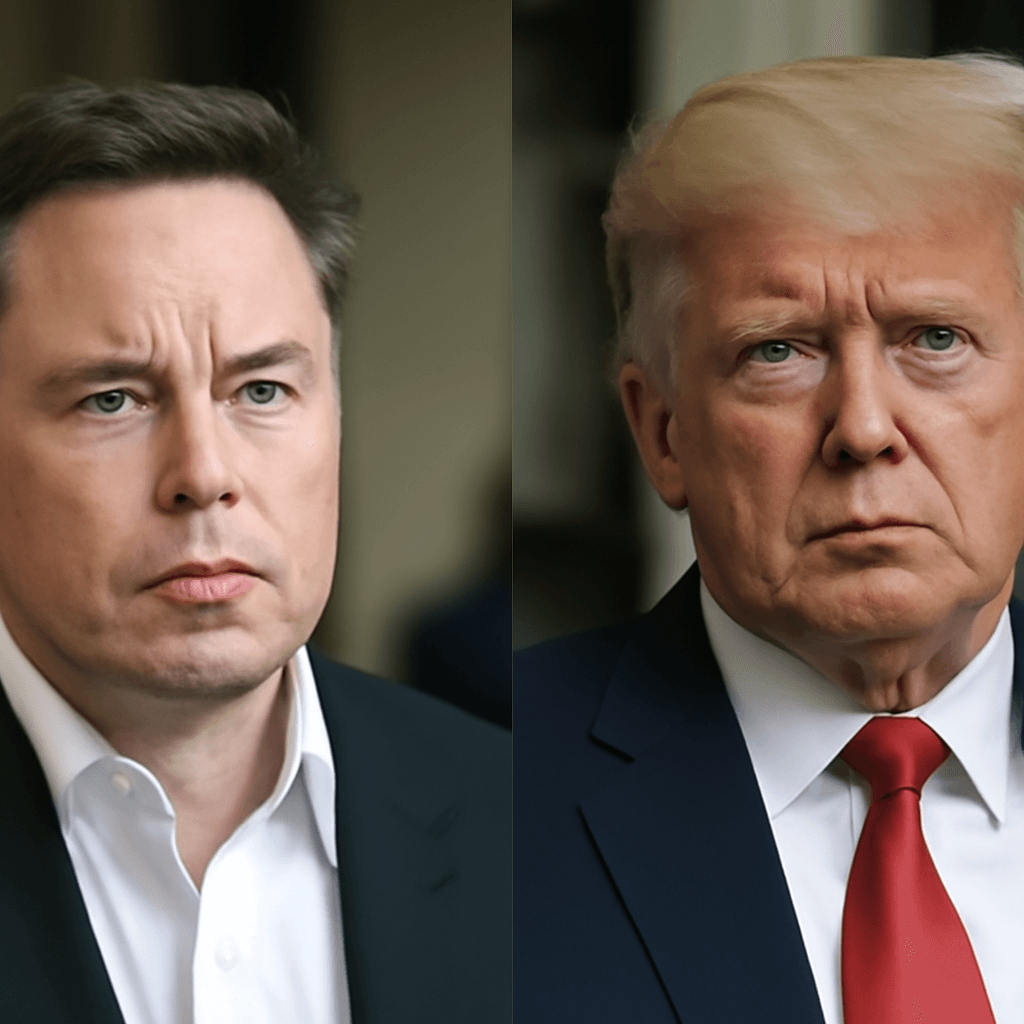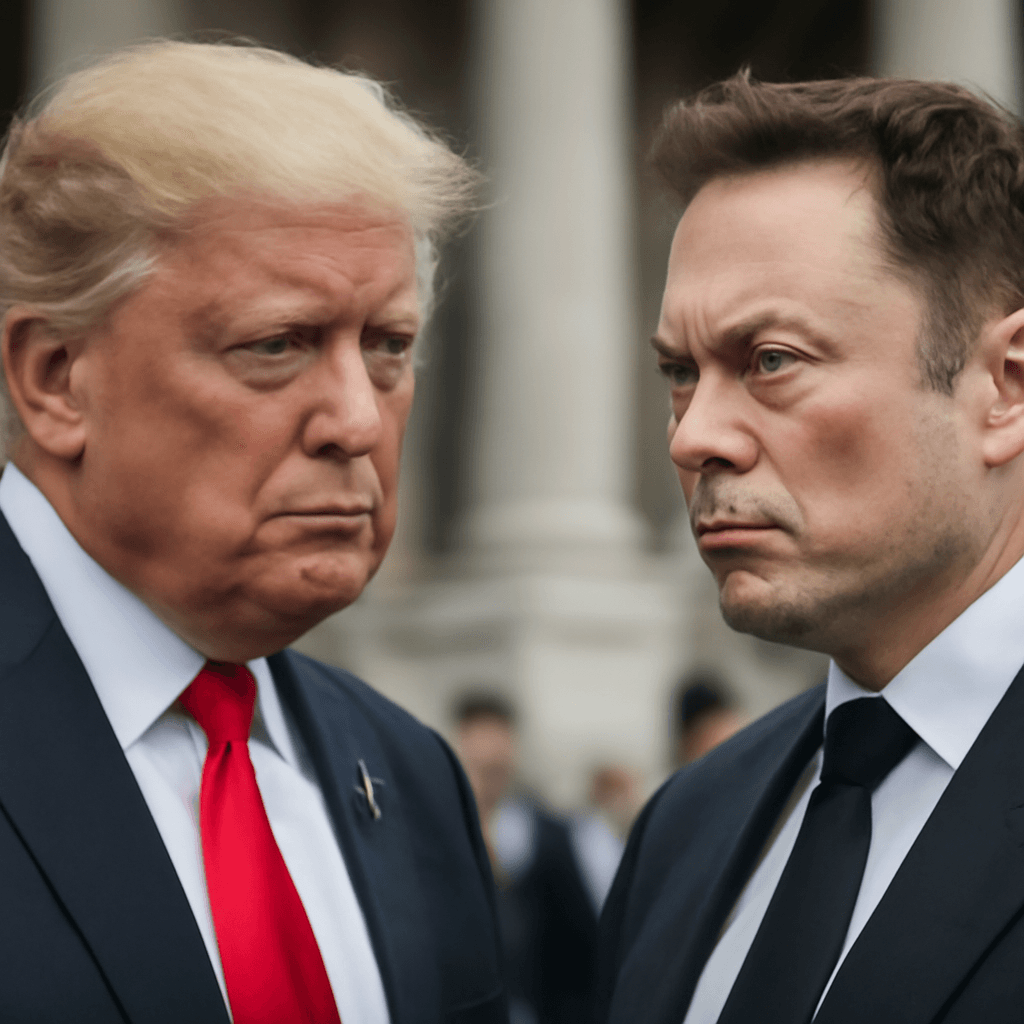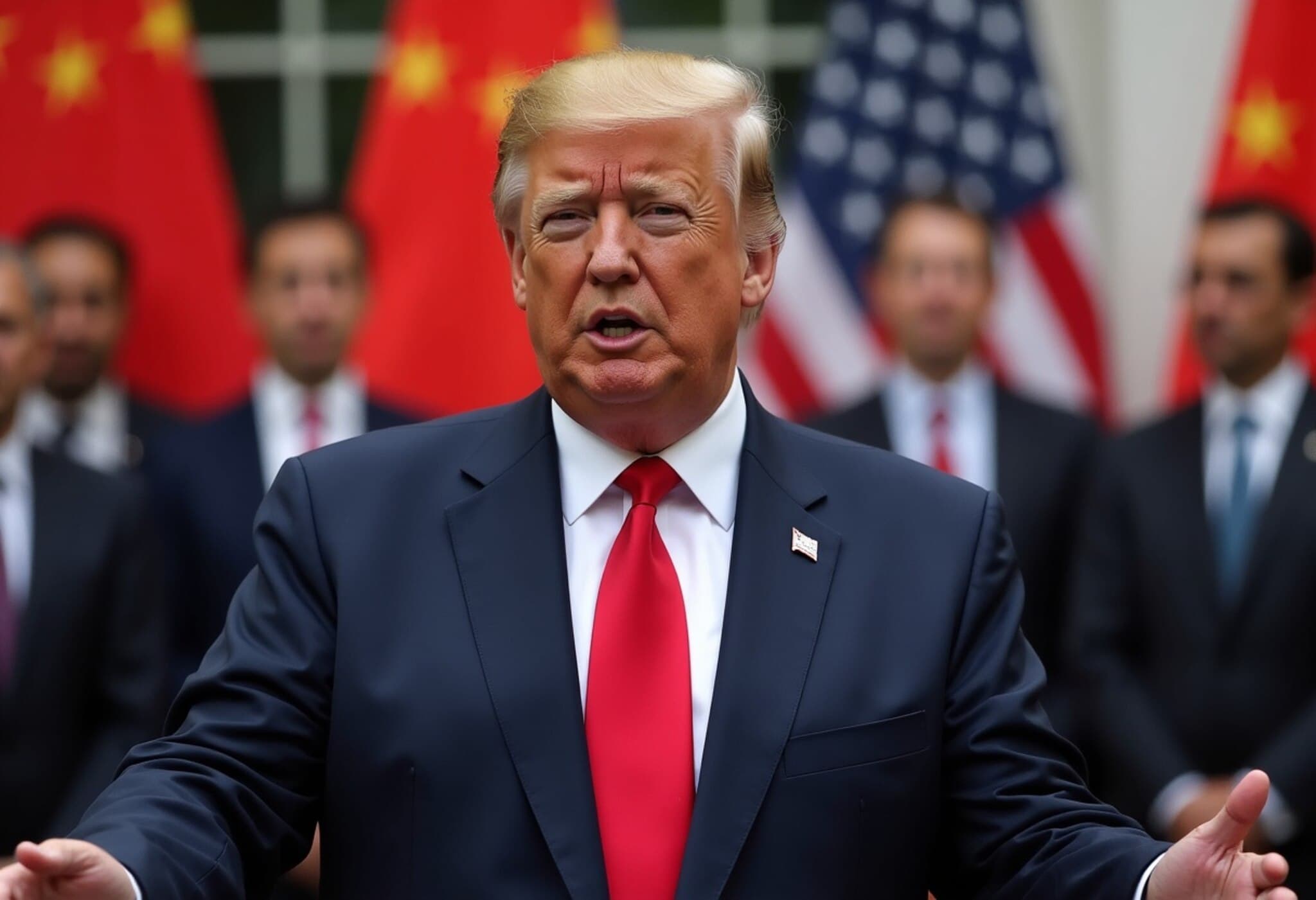Trump Reaffirms August 1 Tariff Deadline Against Trade Deal Delays
In a definitive statement on July 29, 2025, former US President Donald Trump reiterated that the August 1 deadline for imposing tariffs on countries lacking new trade agreements will not be extended under any circumstances. This move signals a hardening stance on trade policies initially introduced during his administration, affecting key partners including India.
From Tentative to Resolute: The Evolution of Trump’s Tariff Deadline
Initially, when the August 1 deadline was announced in early July, Trump described it as "firm, but not 100% firm," suggesting some flexibility in negotiations. However, his recent post on Truth Social has dispelled any ambiguity: "THE AUGUST FIRST DEADLINE IS THE AUGUST FIRST DEADLINE – IT STANDS STRONG, AND WILL NOT BE EXTENDED,” he declared emphatically, adding "A BIG DAY FOR AMERICA!!!"
Background: Tariffs and Trade Frictions
Trump's tariff strategy, dubbed "reciprocal" levies, was first implemented on Indian imports in April 2025, with duties set at 26 percent starting April 2. This was part of a broader protectionist agenda aimed at reducing the US trade deficit and protecting domestic industries. However, it also heightened tensions with trading partners who view these tariffs as economically punitive and destabilizing.
Expert Insight: Economic and Diplomatic Implications
Trade analysts highlight that adhering strictly to the August 1 deadline could escalate US-China and US-India relations further, complicating supply chains and increasing costs for American consumers and businesses.
"While tariffs can offer short-term leverage in negotiations, they often carry the risk of long-term economic disruption," notes Dr. Emily Carter, a trade policy expert at Georgetown University. "Any delay or suspension might provide diplomatic space for crafting mutually beneficial agreements, but a rigid deadline pushes for swift, potentially rushed deals or escalations."
Regional Perspective: What This Means for India
India, a significant supplier to the US market, has found itself at the center of this trade policy shift. The imposition of a 26% tariff on Indian goods affects sectors ranging from pharmaceuticals to textiles. Indian exporters now face uncertainty, prompting calls within industry groups for more robust trade dialogues to mitigate damage.
Looking Ahead: Questions for Policymakers
- Will the August 1 deadline lead to last-minute negotiations or increased trade frictions?
- How will US industries reliant on imported goods be affected by sustained tariffs?
- Could this stance influence upcoming negotiations with broader multilateral trade partners?
- What mechanisms are in place to support businesses impacted by these tariffs?
Conclusion
As the August 1 deadline approaches, the world watches closely to see if trade tensions will ease or escalate. Trump's unequivocal stance underscores the administration's commitment to assertive trade policies, but also raises concerns about economic ripple effects in a globally interconnected marketplace.

